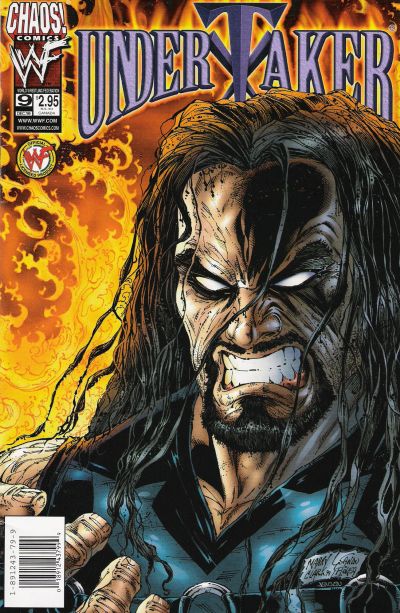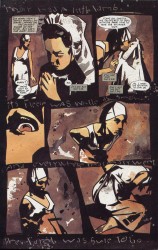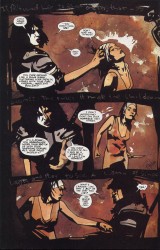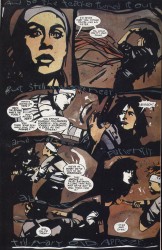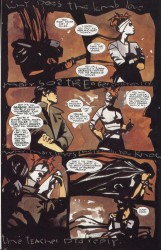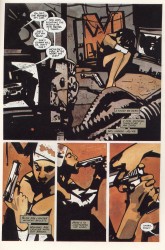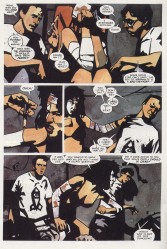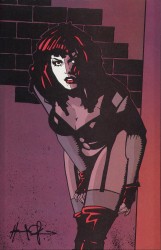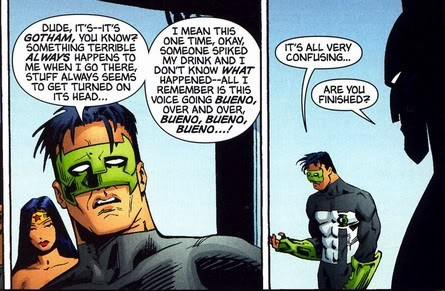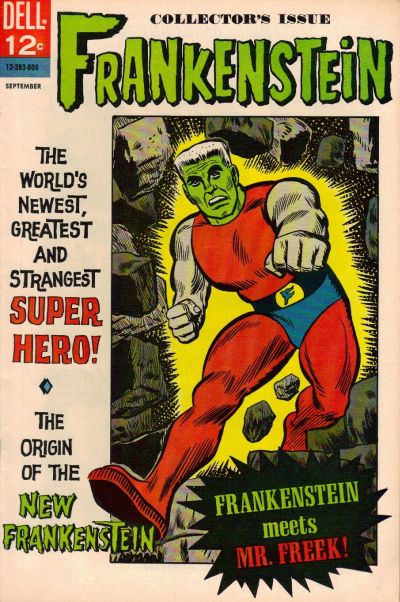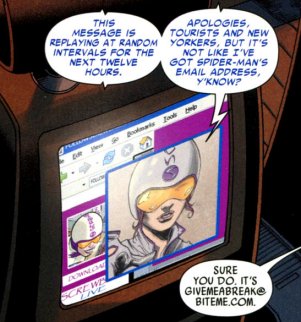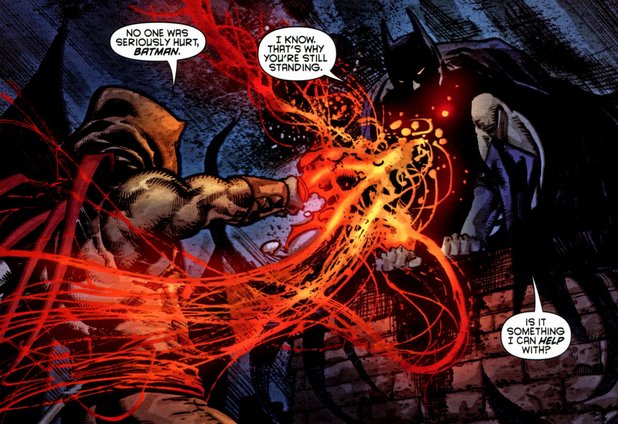“Tune your ear to the frequency of despair, and cross reference by the longitude and latitude of a heart in agony.
Listen.”
Gav threw in a brief mention of it on Sunday, but I wanted to come back around and reiterate exactly how unbelievably stupid Brave and Bold 28 was last week. Uzumeri hit ’em up earlier this week, so consider this “Bomb 1st,” a second reply.
In brief, the comic is about the time the Flash took a trip back to the Battle of the Bulge and hung out with the Blackhawks. There’s some typical comic book science tomfoolery to make it happen (involving light that travels slower than light speed), of course, and that’s dumb, but not as dumb as the main story. Barry Allen, Flash, is torn. He’s in a war zone, he has a plot device injury that keeps him from running at full speed (though he is clearly still faster than everyone else), and the Blackhawks want him to shoot up some Nazis. So he thinks, mopes, and then takes a uniform out of a supply box and shoots up some Nazis. Why is it okay to do this? “Because Barry Allen, American, can do those things in the uniform of his country, which is at war.”
Brave and the Bold: Comics That Insult Your Intelligence!
This story is really and truly the most offensively bad piece of crap I’ve read in ages. In pursuit of trying to make a point about “The Greatest Generation” and when it is okay to kill, JMS wrote the kind of story that mixes black and white morals/moralization, superheroic problem solving (hit it til it’s dead, leave a smug moral on its corpse), and a complete and utter lack of perspective.
I have a number of problems with the story, not the least of which is the lunacy of mixing superheroes and real world disasters. However, for the purposes of this post, number one is that Barry Allen steals a uniform and firearm from a box of supplies and pretends to be in the army for “weeks.” Impersonating a soldier is a crime. Impersonating a soldier and killing people is undoubtedly several orders of magnitude more illegal than just impersonating a soldier. Even dumber is Blackhawk insisting that this is war, and people kill or get killed during war, so start killing or get killed. Guess what Blackhawk: prisoners of war exist for a reason.
Soldiers aren’t just some guy who put on a uniform and decided to go shoot some patriotic bullets at infidels. They are specifically trained in a variety of disciplines, from combat to communication to inter-army relations. There are rules and regulations that they must follow, both in the UCMJ and wartime law. Those rules protect soldiers. However, soldiers are not civilians. Barry Allen is a civilian. Civilians who attempt to fight during wartime are unlawful, and should be arrested, tried, and possibly drawn up on war crimes, depending on what they’ve done. Barry Allen using his superhuman powers against normal humans while pretending to be something he’s not? I’d call that a war crime.
Basically, war isn’t a game of pickup basketball at the park. You don’t get to play shirts vs skins just because you take your top off and tighten your high tops. You get to sit on the sidelines, shut your fat yap, and hope for the best.
Second is the central conceit of the book, the question of “when is it okay to kill?”, is ridiculous. Pro-tip: we’re not children. Reducing a problem to an either/or situation works for children, because they don’t have the capacity to understand that the world is made of shades of grey. For kids, there are good guys and there are bad guys. For adults, it is never that simple. “When is it okay to kill?” is dumber when you consider that Barry Allen is a police officer in his civilian life. If anyone should have an opinion on that, it should be Barry. And it shouldn’t be an opinion as turgid and hamfisted as “Because Barry Allen, American, can do those things in the uniform of his country, which is at war.”
There are a number of very valid positions to take on the question. I’m sure we all have opinions on when, or if, it is okay. But, hey, Barry’s a superhero, so there must be a black or white answer. And that answer is “It is okay to kill when you jump through an unnecessary hoop to justify it to yourself in the name of specious logic and self-righteousness.”
After more garbage that you’ve seen in every time travel story ever (“Do we win? In the future, is it worth it?”), a bit more pontificating (“But the country is still the country. It has its flaws, and it isn’t always right, but it’s still intact. And I guess that’s all that matters,” he says, as he looks off into the distance), we’re left with the money shot of all World War II stories: a character looking off into a graveyard and re-affirming that “they were the extraordinary ones.”
My rawest, most honest reaction to this scene was “blow me.” You have a character who can move at superspeed, if not run during the story. He throws a thousand bricks and incapacitates a German unit in a matter of seconds. By the end of the book, he can move at light speed again and goes home, safe and sound. And he’s looking at the graves of the eighty thousand people, people who not thirty seconds ago were within arm’s reach, and thinking about how extraordinary they were?
That’s stupid. I’m stupid for reading it, JMS is stupid for writing it, and DC is stupid for publishing it. It’s not just stupid, it’s insulting. This is why superheroes have no business in World War II tales. There was nothing stopping the Flash from saving those lives. If he can put on a stolen uniform and shoot Germans willy-nilly, any idea of a temporal paradox is out the window. Not using his powers at the Battle of the Bulge is as stupid and patronizing as Superman insisting that he shouldn’t do anything more than beat up giant monsters. Because Flash could have saved them, but didn’t, their lives are on his head.
Keep superheroes out of World War II, and keep JMS out of my comics. Whatever goodwill he had from when he did Spider-Man with JRjr is burnt out and chased out. He’s terrible. I can’t think of the last comic I hated like I hate every single solitary inch of this one.


